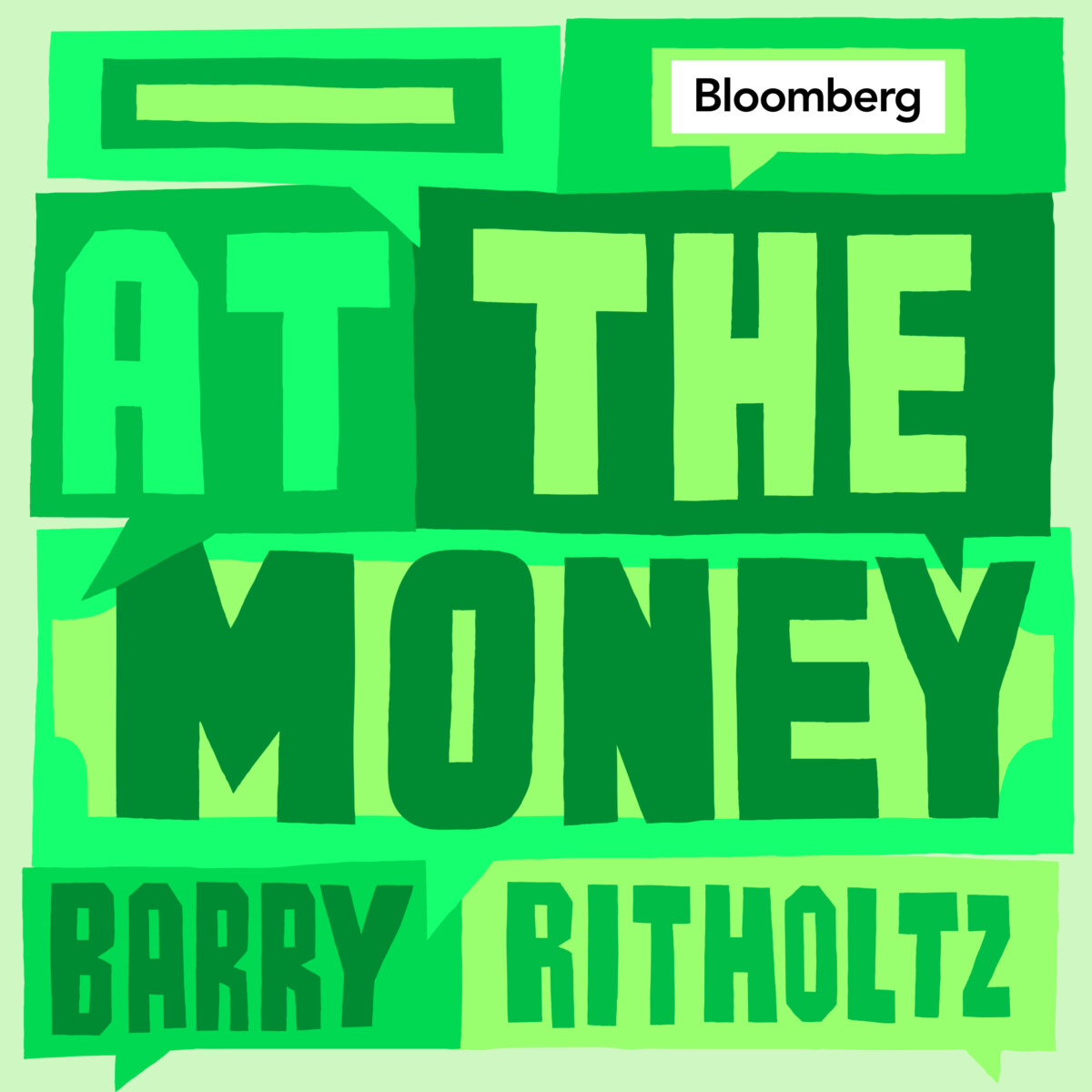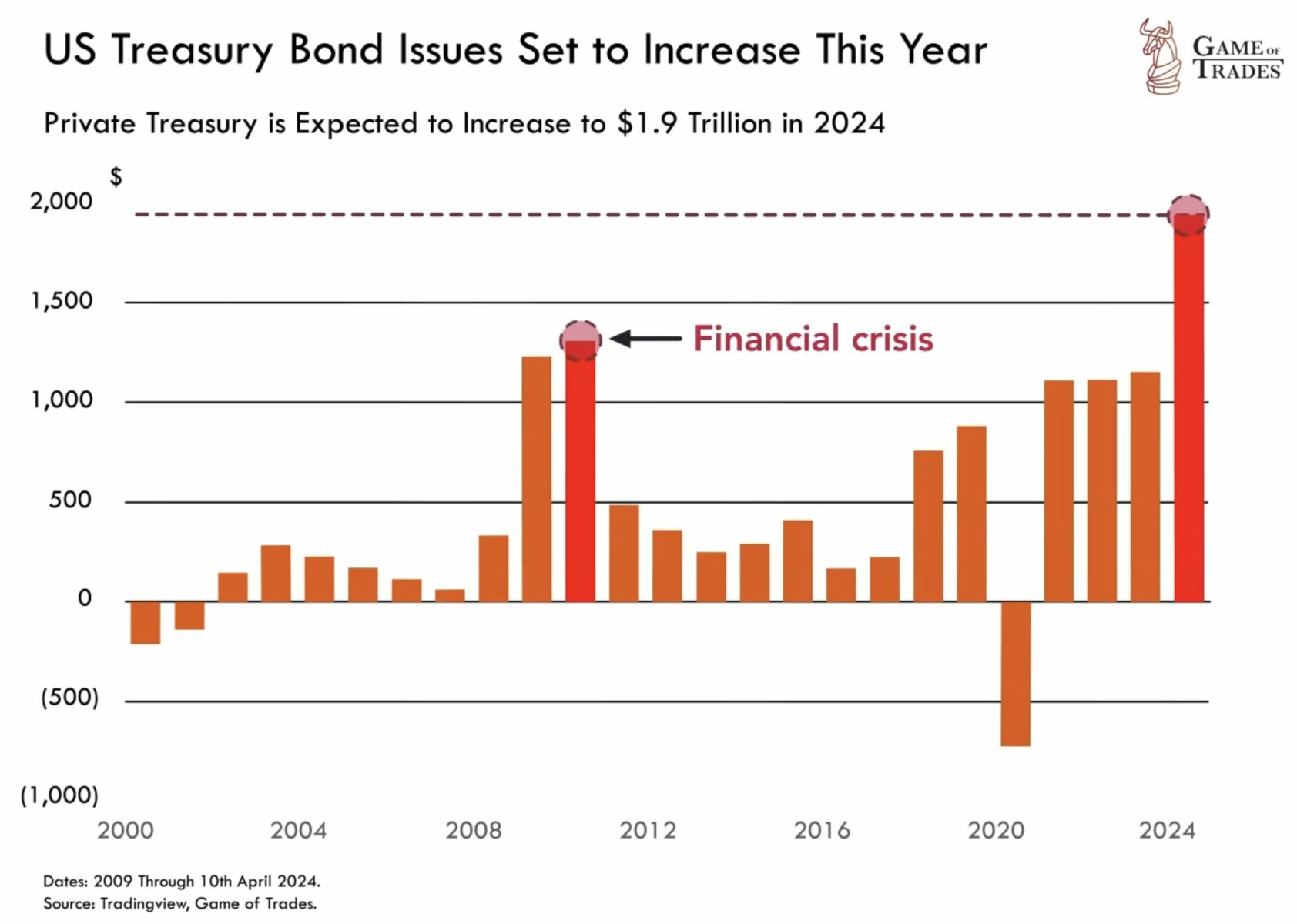Department stores almost always have sales and clearances. These clearances may present themselves broadly as some kind of promotion, like “30% off all shirts,” or “everything up to 40% off!”; or, they may appear as simple tag-price changes. Many interpret these discounts as deception; stores want you to think you’re getting a sale, when in reality, everything is priced normally. Any mother worth her salt will remark that sales are not indicative of saving anything, because sales are the natural state of things. The implication, then, is that companies are tricking you into purchasing an item by making it appear as if you’re saving money. But we shouldn’t be so hasty in drawing this conclusion.
It’s easy to discount unseemly items as market ills, but sometimes looks can be deceiving. In approaching this phenomenon, I begin with a question that every economist is familiar with: what is the incentive? That is, how do companies actually benefit from engaging in constant clearance sales? The implied answer that folks often derive is that these clearances increase sales. But how could that be true if we all knew about the deception? Further, why would any company gain sales when its customers believe the company to be predatory and conniving? We should expect that deception is not rewarding, yet clearances somehow are, as indicated by their persistence.
Perhaps deception is not the true motive. After all, if you’re even aware of this issue, clearly you weren’t deceived. Many people aren’t. So, we should ask: what problem does this phenomenon solve? For any action to occur spontaneously and so frequently, we should expect that it (successfully) resolves issues for the actors. What issue could be solved by frequently marking items cheaper? Changing prices is something most companies would do frequently if it were costless, but menu costs prohibit this behavior. It’s often too expensive for businesses to give on-the-spot valuations for all their goods, all the time; price tags are attempts at fixing this issue, but even then it’s often expensive to change prices for reasons both physical (changing tags) and mental (deciding what prices should be). Clearances are an easy way to change the prices of items without the hassle of printing new tags.
This explains why there are “always” clearances. To reduce costs, companies will produce tags with the highest possible price; that way, any potential price can be set by a clearance, and not the production of a new tag. For instance, I may expect my shirt to typically sell at $7. But I may want to increase the price in seasons of high demand. So, I tag the shirt at $10, and mark it as 30% off on typical days. A change in price would only require that I stamp stickers on tags or put one 30% off sign above a pile of clothes. What looks like predatory pricing is actually just my method of price-changing in a cost-effective manner.
Also remember that price changes are not inherently “predatory.” If demand increases (or supply decreases) and firms raise tag prices, their incentives are aligned with yours. They want more money, and you want their goods. Should they not raise prices, their goods may sell out before you’ve the opportunity to purchase them. If firms increase prices from equilibrium without an increase in demand (or decrease in supply), they lose sales. Any attempt at an “exploitatively” high price would not benefit firms anyways.
As a side note, menu costs are lower for online retail, yet clearances persist there, too. This may seem to disprove my hypothesis, as these clearances persist regardless of menu costs. However, it makes complete sense that websites would still employ clearances. It behooves chains to maintain consistent prices in-store and online, not just for customer satisfaction but for contractual obligations as well. Clearances online allow for original prices to be displayed while also changing the de facto buying price. It may also behoove online retailers to show discounts (in lieu of simply changing prices) simply to show good will to customers. It may mean nothing to most of us (who know that discounts are par for the course), but it could entice the marginal buyer. There can be multiple reasons for clearance sales, all I’m proposing is the unlikelihood of deception being a leading factor.
On a last note, some may question why tags must be priced high and discounted lower, rather than priced lower and marked up later. For example, why don’t stores price an item at $50 and produce signs/tags that read “+ 20%”? Perhaps menu costs explain why prices are frequently changed, but menu costs don’t explain the direction of the price change. It’d be easy to say that at least this is deception, because making a shirt “on sale” for $7 sounds better than marking a shirt up from $5. There is probably some truth there, but I’d posit that discounts are simply easier for customers to understand. If a $50 shirt is 20% off, it’s not hard to figure out that it’s now $40. But saying a $30 shirt is 33% more expensive just sounds more difficult to calculate, doesn’t it.
Sam Branthoover is an economics PhD student at George Mason University.















